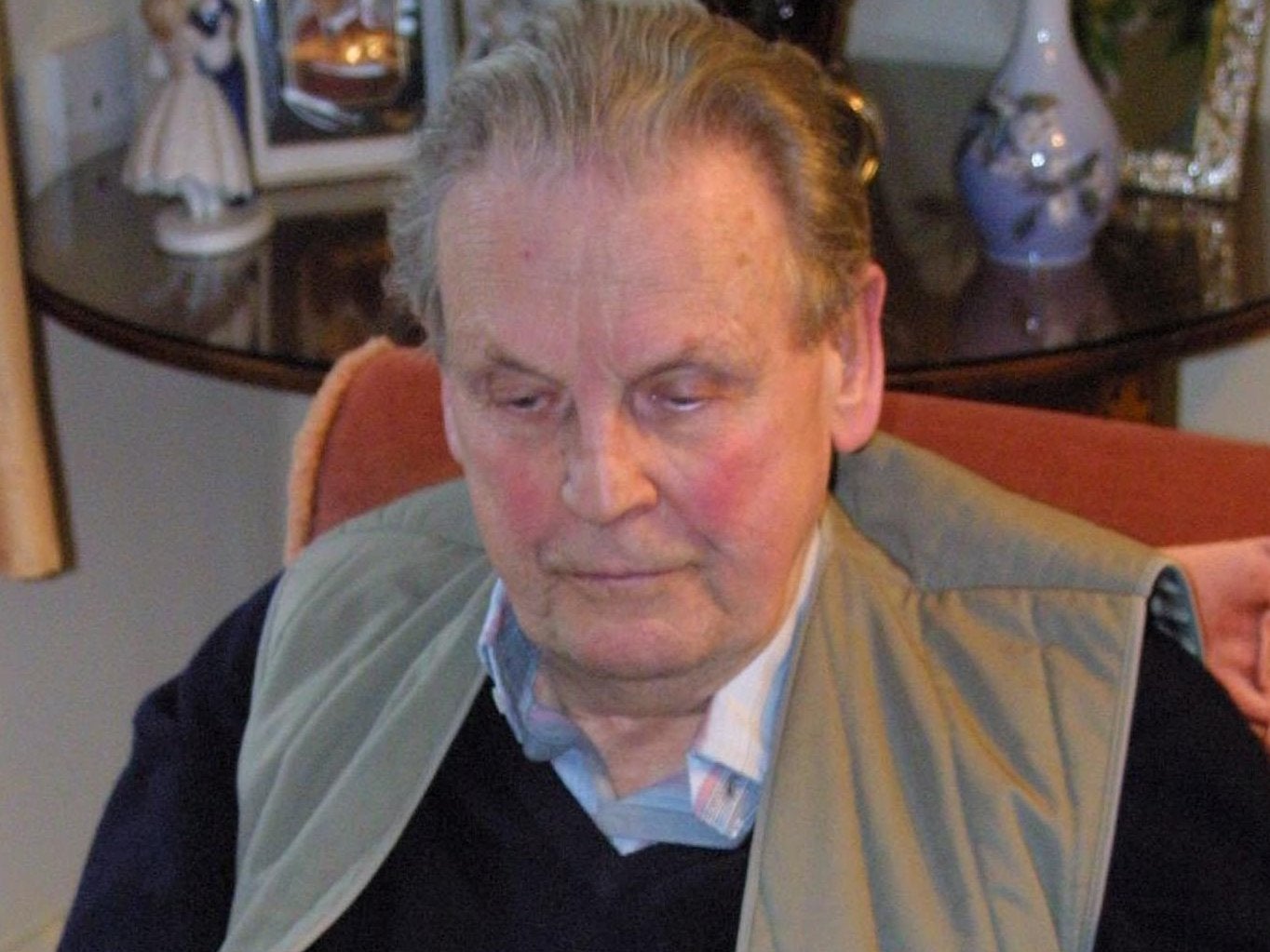Harry Churchill: Last surviving member of ‘Great Escape’ team dies aged 99
Feat of courage went on to represent one of the most-told stories from the Second World War

Your support helps us to tell the story
From reproductive rights to climate change to Big Tech, The Independent is on the ground when the story is developing. Whether it's investigating the financials of Elon Musk's pro-Trump PAC or producing our latest documentary, 'The A Word', which shines a light on the American women fighting for reproductive rights, we know how important it is to parse out the facts from the messaging.
At such a critical moment in US history, we need reporters on the ground. Your donation allows us to keep sending journalists to speak to both sides of the story.
The Independent is trusted by Americans across the entire political spectrum. And unlike many other quality news outlets, we choose not to lock Americans out of our reporting and analysis with paywalls. We believe quality journalism should be available to everyone, paid for by those who can afford it.
Your support makes all the difference.Tributes have been paid to the last surviving member of the real-life Great Escape team after his death, aged 99.
Former squadron leader Dick Churchill was one of the 76-strong group who escaped from the Stalag Luft III camp in Germany in 1944. The site now stands in Poland.
Their feat of courage went on to represent one of the most told stories from the Second World War, immortalised in the 1963 Hollywood film starring Steve McQueen.
Mr Churchill, who lived in Crediton, Devon, died earlier this week.
Chief of the Air Staff Sir Stephen Hillier said: “On behalf of the RAF as a whole I would like to offer my condolences to the friends and family of Flt Lt Richard ‘Dick’ Churchill, one of the RAF personnel involved in the Great Escape. He was from a selfless generation who offered bravery and sacrifice to secure our freedom, he will be sorely missed. Per Ardua.”
Air Vice Marshal David Murray, of the RAF Benevolent Fund, said: “Dick, as he was known, took part in one of the most audacious prisoner of war escapes during the Second World War and embodied the spirit of the RAF – tenacious, resilient and incredibly brave in the face of adversity.”
Robert Ankerson, secretary of the Royal Air Forces Ex-Prisoners of War Association, of which Mr Churchill was a member, said: “It was always a pleasure to speak to him.”
Asked if he had reminisced much about his brave endeavours, he said: “A little bit, not in any vast amount of detail. He was, overall, a very private man.”
Mr Churchill’s death followed that of Australian pilot Paul Royle, who died in Perth, aged 101 in 2015.
The survivors kept in contact through the Sagan Select Subway Society newsletter – of which Mr Royle and Mr Churchill were the last two recipients.
Mr Churchill had previously said he thought sharing his surname with the wartime prime minister Winston Churchill kept him alive, in case the Nazis wished to use him as bait with a powerful potential relative.
Following Mr Royle’s death, Mr Churchill said he had expected his former comrade to survive him “because he was living in Australia which is much warmer than England, of course”.
Mr Churchill said he had been inundated with requests from journalists, historians and autograph hunters following his part in Operation Escape 200, later known as The Great Escape.
The plan took shape in the spring of 1943 when Squadron Leader Roger Bushell, who had been a lawyer in his civilian life, hatched a strategy for a major breakout.
Mr Bushell, who came to be known by the codename Big X, created an escape committee and inspired the camp’s Allied prisoners’ attempt to free more than 200 men.
Some 600 prisoners helped dig three tunnels, which were referred to as Tom, Dick and Harry, with the hope that one of the routes would be successful.
Tunnel Tom started in a darkened corner of one of the building’s halls, while Dick’s entrance was hidden in a washroom drain sump and Harry’s was concealed under a stove.
The plan was for the escapees to come out at the other end with civilian clothes, forged papers and escape equipment.
On the night of 24 March, 1944, 76 men took advantage of a moonless night to attempt a getaway through tunnel Harry.
Of the 76 there were 73 – including Mr Churchill – who were recaptured by the Germans within three days when Adolf Hitler became aware of the breakout and ordered locals to search their land and buildings.
Two-thirds of them, including Big X, were executed on Hitler’s orders.
A spokeswoman for the RAF Benevolent Fund said it is believed there are at least two remaining RAF veterans who were held at Stalag Luft III.
They named them as Charles Clarke, who was not involved in the escape, and Jack Lyon, who was in the tunnel when the plot was uncovered.
Press Association
Join our commenting forum
Join thought-provoking conversations, follow other Independent readers and see their replies
Comments